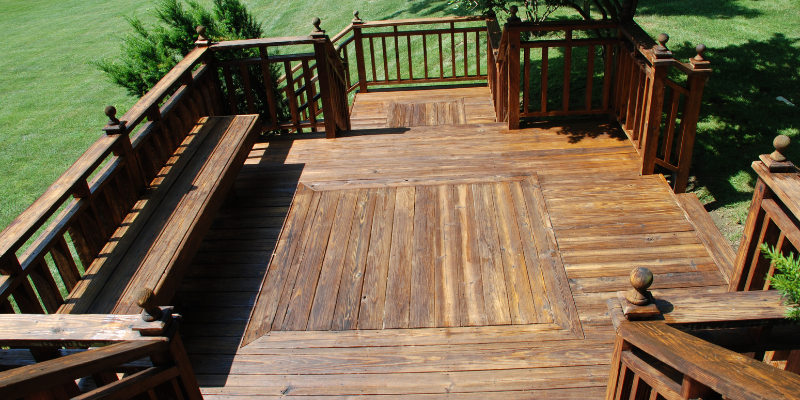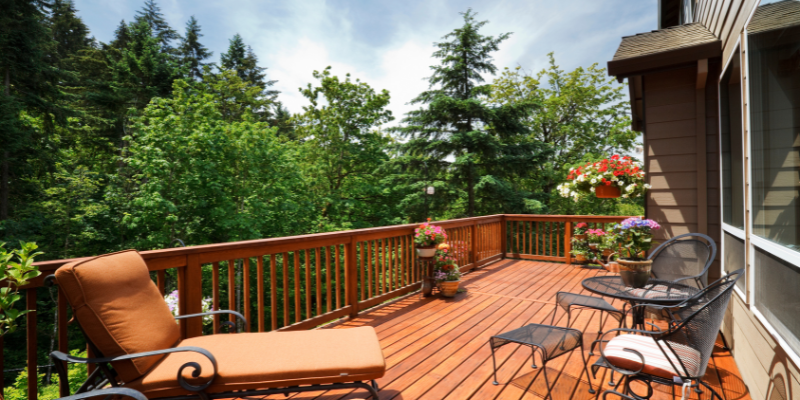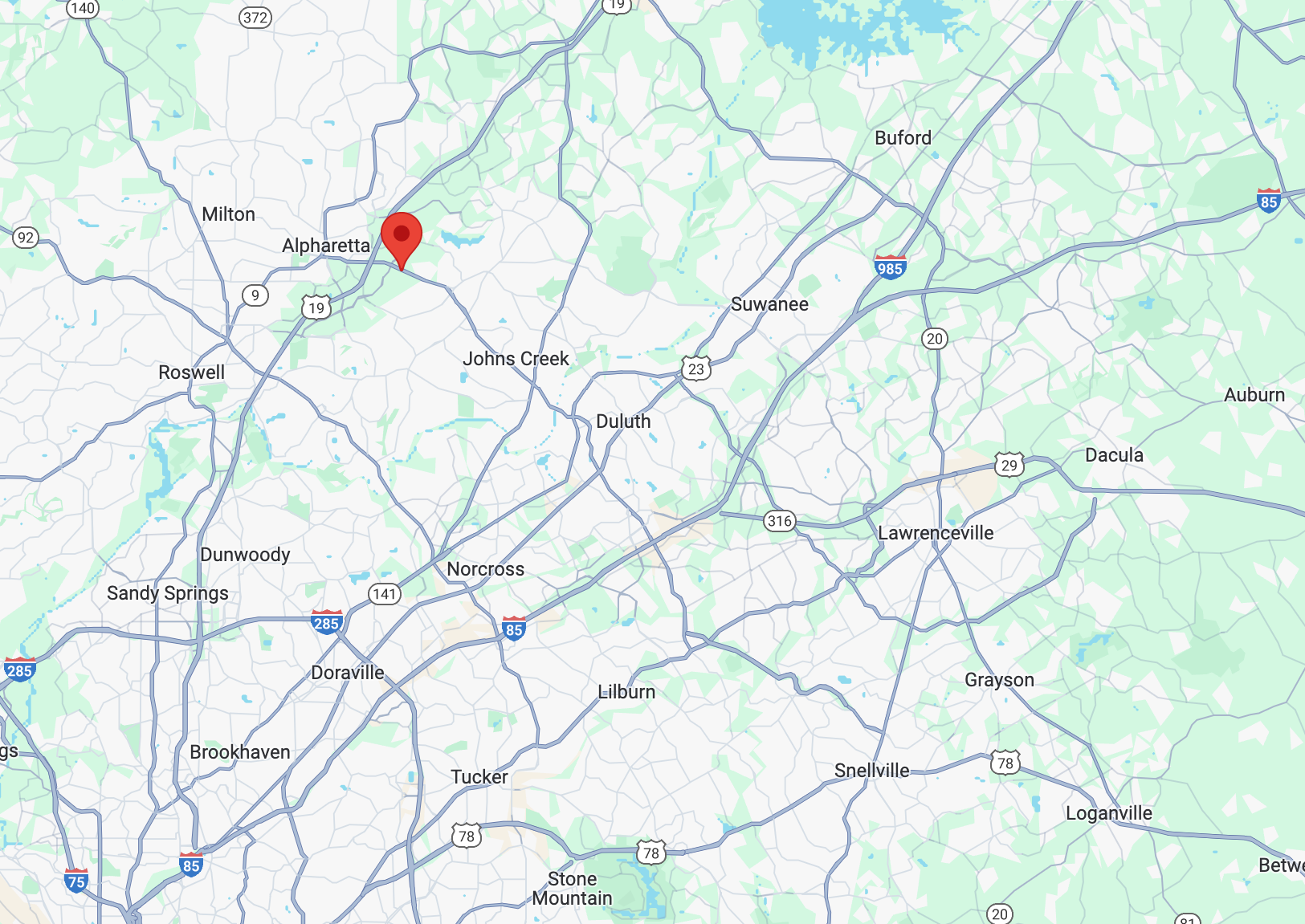High Risk Areas for Wood Rot
High Risk Areas for Wood Rot
Rain is great for your garden—but not so much for your siding, trim, or deck.
If your home’s been soaking up heavy rain lately, you could be facing an uninvited guest: wood rot.
And unlike seasonal weather, this problem doesn’t just go away on its own.

What Is Wood Rot, Anyway?
Wood rot is a sneaky type of fungal decay that sets in when wood stays damp for too long.
It's especially common in areas with poor drainage, leaking gutters, or bad sealing.
Once it starts, it can spread—and fast.
Signs Your Home Might Have Wood Rot After Heavy Rain:
- Soft, spongy, or crumbling wood near windows, doors, or your deck
- Bubbling or peeling paint (a red flag for trapped moisture)
- Dark stains or discoloration on wood surfaces
- A musty, damp odor near baseboards or crawl spaces
High-Risk Areas to Check:
☔ Window sills and frames
☔ Door trim and thresholds
☔ Deck boards and railings
☔ Siding and fascia boards
☔ Crawl space supports or basement framing
Why You Shouldn’t Wait to Fix It:
Wood rot isn't just cosmetic. It can:
- Weaken structural integrity
- Lead to mold growth
- Increase energy bills by compromising insulation
- Lower your home's value
How a Handyman Can Help:
The good news? A qualified handyman can:
- Inspect and diagnose hidden rot
- Replace damaged wood and seal exposed areas
- Repair flashing, gutters, and drainage to prevent future issues
- Recommend protective treatments or paints
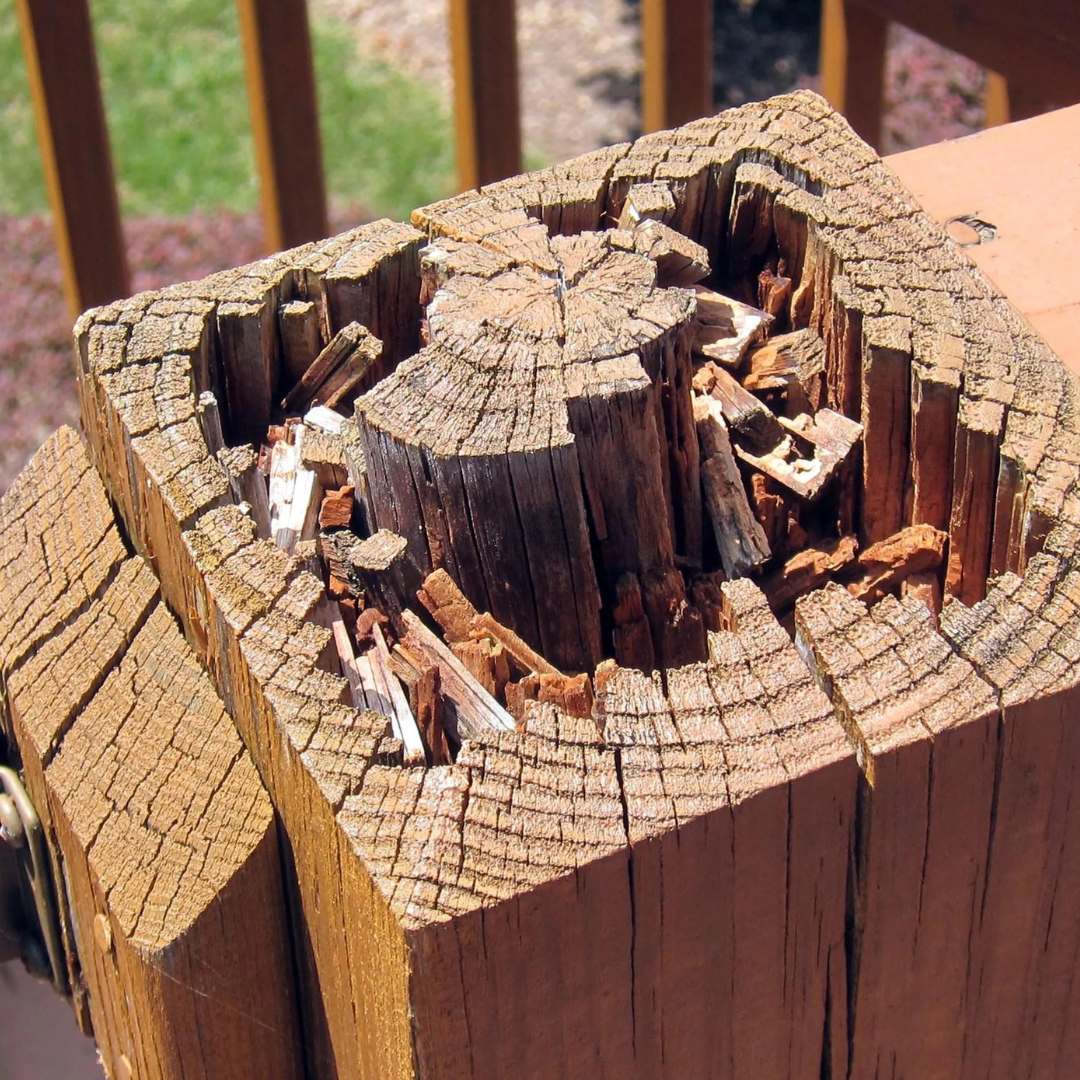
Don’t Let a Little Rain Cause Big Problems
If your home’s been feeling the effects of all this rain, don’t wait for things to dry out on their own—because by then, the damage may already be done.
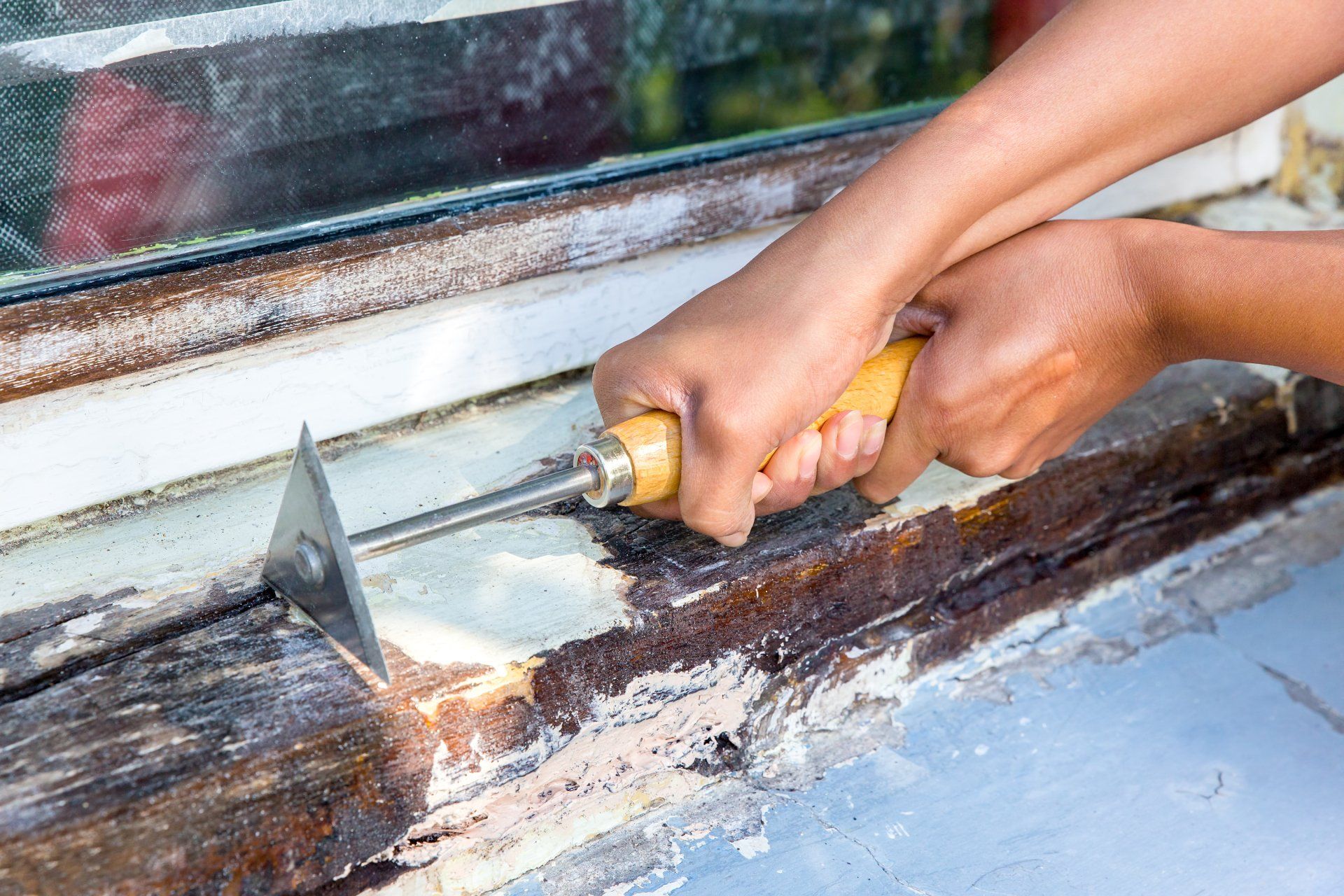
Need a Handyman?
Give us a call!
We also provide handyman services for the
Lilburn,
Suwanne,
Buford,
Lawrenceville,
Duluth,
Norcross,
Stone Mountain,
Gwinnett County,
Cumming,
Roswell,
Johns Creek,
Dunwoody,
Sandy Springs,
Buckhead,
Midtown, and
Brookhaven.

